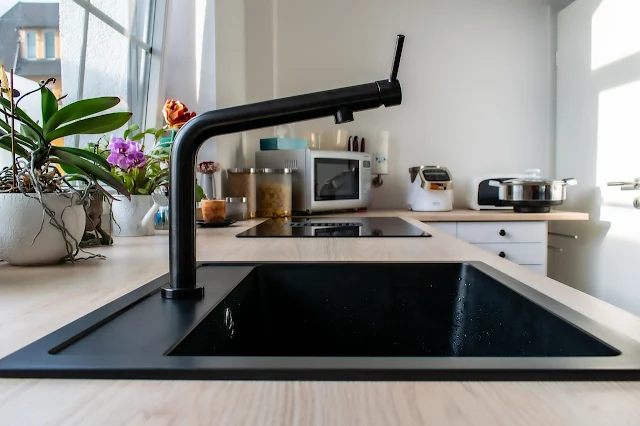Seven pointers for constructing a food
manufacturing facility
In the United States, the construction of food processing facilities is subject to stringent regulations. In addition to providing recommendations and advice for the construction of new facilities, organizations such as the FDA and USDA are crucial in developing the regulations for their safe operation and upkeep. These are the most important factors to take into account when building a new facility for processing food or beverages.
Think about the location
There are additional things to take into account in addition to local zoning regulations and other regulatory aspects that impact the site of a new food facility. A food facility should ideally be located close to the source of its raw ingredients, be it a farm or another location. Facility managers can save a lot of money on operating expenses by drastically reducing material transportation and spoiling. In the event of a medical emergency or a facility-related issue, such a fire or chemical spill, emergency access is also essential.
CREATE A SANITATION AREA FOR WORKERS
Handwashing stations and a place to change into a sanitary uniform—which includes a mask, hairnet, gloves, and shoe coverings—should be installed at the worker entry of a food factory to keep external microorganisms out of the production floor. Other hygienic entry methods, such as a Danish entry system, can be necessary depending on the kind of institution. Along with fresh gloves, hairnets, and other necessary sanitation supplies, there should be handwashing stations located throughout the building.
SELECT THE APPROPRIATE FLOORING SUPPLIES
Anything other than a concrete floor with an appropriate coating is unacceptable in a plant that processes food and beverages. Because sealed concrete floors are smooth and free of cracks and lines, workers and equipment can move over them without risk of damage. The most common floor coatings for food facilities are epoxies and polyurethanes because they are long-lasting, simple to apply, and stop bacteria from growing by shielding the concrete underneath. They are also very easy to clean.
SET UP HYGIENIC FLOOR DRAINS
For food processing facilities, sanitary floor drains are essential because they keep floors dry and stop bacteria from growing, which can lead to odors and contamination of the entire building. The 10,000 Series floor drain system from Slot Drain has a distinctive, grate-free design that is long-lasting and efficient. It is made of premium, food-grade stainless steel that satisfies FDA and USDA regulations and is resistant to odor, bacteria, and corrosion. With a brush and paddle or automated alternatives like Flush-Flo and other clean-in-place features, the system also provides straightforward maintenance.
Invest in the appropriate tools

sunbal110.blogspot.com

The public has faith that food production facilities will operate in a hygienic and safe way, free from the concerns of contamination or malfunctioning machinery. Making sure a facility only uses top-notch equipment and keeps it in good condition is part of that. To reduce the chance of contamination from raw materials, stainless steel that is resistant to bacteria should be used whenever feasible. When feasible, equipment should have complete wash-down capabilities and be simple to clean.
SET UP SPECIAL CLEANING STATIONS
In order to effectively clean up spills and other mishaps, designated cleaning stations with mops, water hoses, and other cleaning supplies should be positioned throughout a building.
By enabling workers to clean as they go throughout the day, these stations will reduce the need for cleaning at the conclusion of a production day and avoid contamination over time.
SELECT A SMART DESIGN
Without the proper arrangement, all the other details of your food plant design would be in vain. Food facilities should operate according to the production sequence, starting with raw materials and ending with the final product. Employee paths ought to be unidirectional as well. This will improve safety and accountability while preventing contamination across the production line.
Developing a Fruitful Food Plant
Some of the most important factors in the construction of a food processing plant are the seven factors discussed in this article. You may design a food processing facility that is successful, hygienic, and safe by keeping these things in mind.













